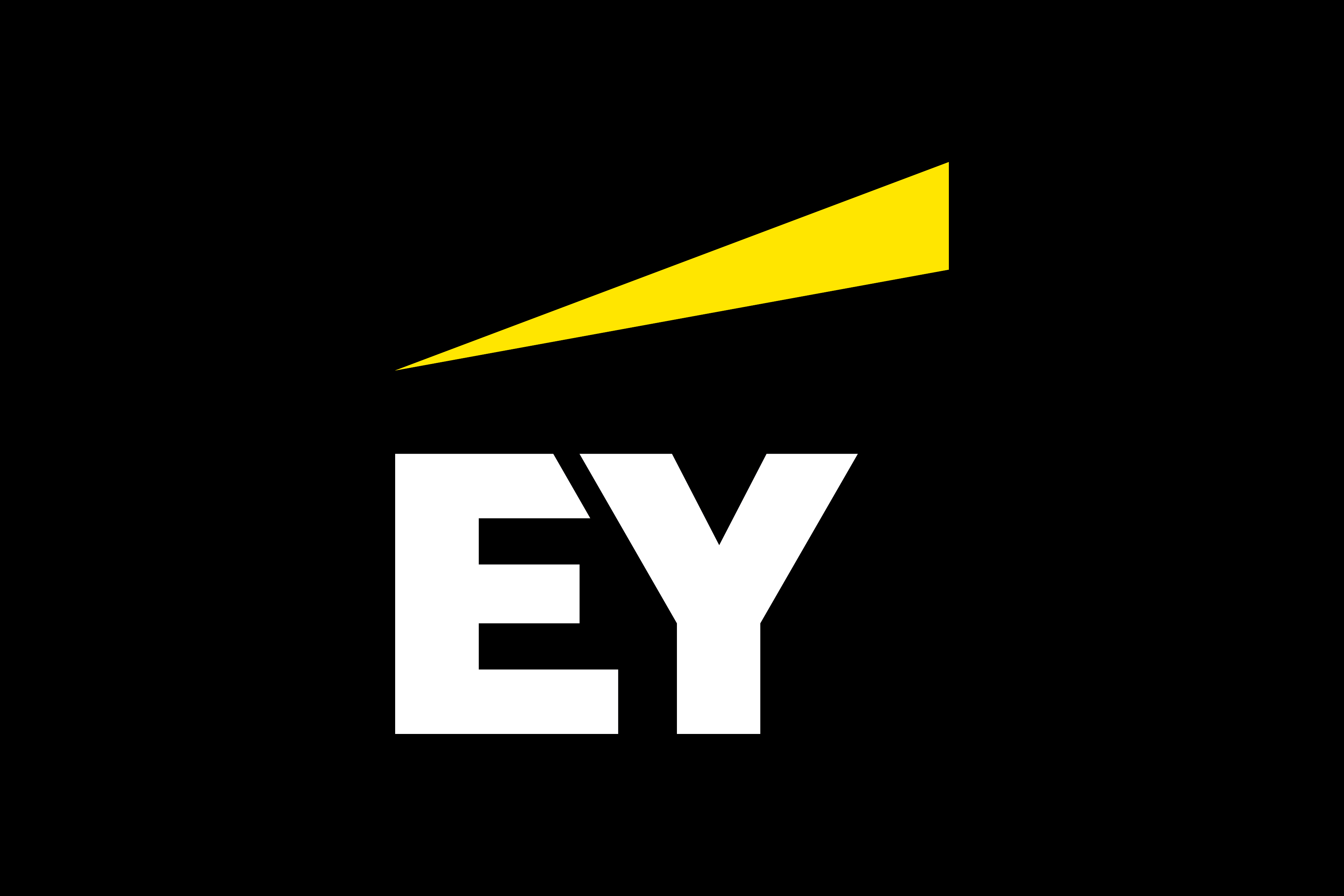EY refers to the global organization, and may refer to one or more, of the member firms of Ernst & Young Global Limited, each of which is a separate legal entity. Ernst & Young Global Limited, a UK company limited by guarantee, does not provide services to clients.
How EY can Help
-
Our M&A integration services help you integrate assets while preserving value, accelerating synergy realization and minimizing transaction risk. Learn more.
Read more
Fintech companies specializing in online payment solutions have been essential support for banks, credit unions and businesses. But, they have tended to build dominance in one link of the financial payment transaction chain. Until a year ago, First Data, a global merchant acquiror, was operating in some 100 countries, providing point-of-sale and online payment solutions for large and small businesses. Fiserv was one of the leading US account processors for banks, with over 37% of US market share in the years prior to the merger.1 With combined revenues of US$13 billion, these companies had grown both organically and through acquisitions to develop their offerings across the payment processing chain. They’d built up capabilities in risk management and credit and debt issuing. The question was, could they be brought together to unlock additional value, provide a better service to customers and accelerate their growth as an integrated asset?
The leaders of both Fiserv and First Data were convinced that their companies would be stronger together, by providing their clients with a holistic payment solution. The underlying logic for the deal — a set of complementary capabilities and complementary clients — was compelling on paper. But grafting together two complex businesses in US$40 billion enterprise value acquisition with over 45,000 employees is a notoriously difficult undertaking. In addition to this, Fiserv made an external commitment to achieve US$900 million in cost synergies and $500 million in revenue synergies within the first five years following the close of the transaction. The achievement of these synergies would be integral to the success of the deal, as the company announced it would invest an additional US$500 million in an ambitious growth and innovation agenda.
The leadership and enablement of the synergy program largely fell upon Fiserv’s finance organization, who was charged with spearheading this effort. Documenting and rolling up dozens upon dozens of cost and revenue synergy initiatives into a structured, repeatable monthly rhythm, where progress could be tracked and measured, was no easy task. Chris Dichiara, Vice President and Head of Financial Planning and Analysis for Fiserv, was asked to lead this program for the company. So, how could these two companies leverage technology to realize the financial benefits and joint vision of this transformational merger?







